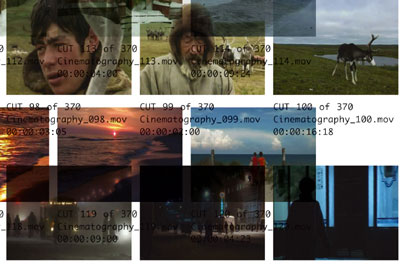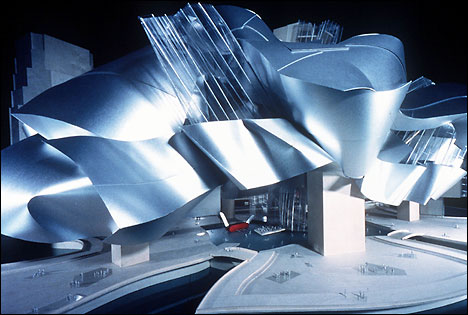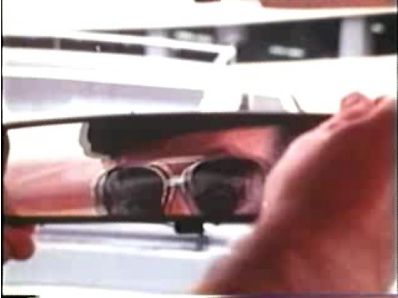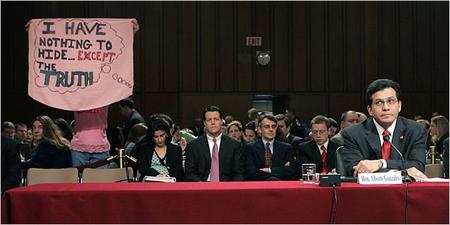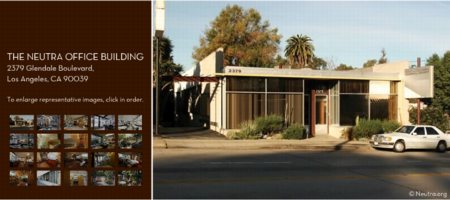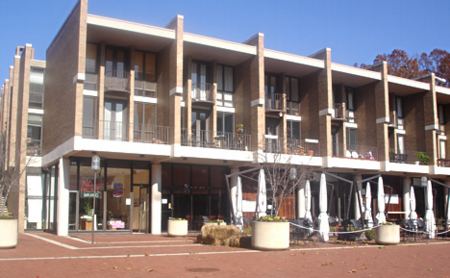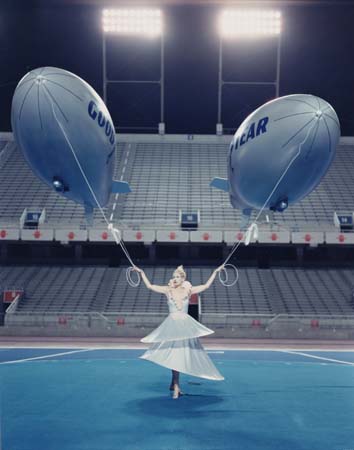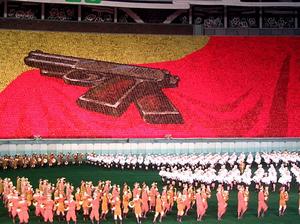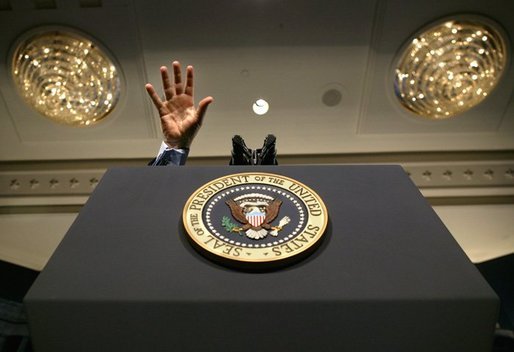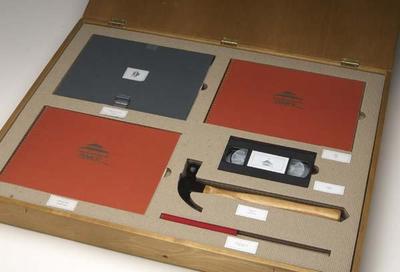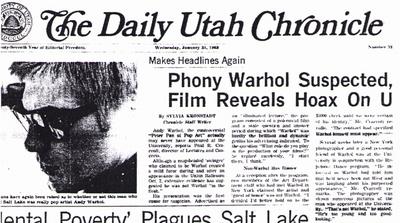I'll come clean. We've started contemplating a dip of the toe into the real real estate market in Washington, DC. There's precious little to choose from, though. DC's longstanding status as an officetown means there are almost no industrial or commercial loft buildings [though there's now no shortage of "lofts," which is shabby developerspeak for "exposed ductwork." Besides, thanks to unchecked flippery and speculation, the condo/co-op market is a zombie, unaware of its own death.]
What passes for modernist architecture in town, too, is either a McMansion tarted up in Richard Meier drag, or is located in an ever-to-revive? neighborhood of lackluster Sixties urban revitalization gone to seed, or is an aging suburban utopia [sic] of some kind.
Almost any foray into DC mid-century-onward modernism includes stops in architect Charles Goodman's various developments: the sylvan Hollin Hills along the Potomac and the much more ambitious, [sub]urban experiment of Reston, a city begun in the rural farmland of Virginia in the early 1960's. Goodman's densely packed, slightly rural-toned Interational Style homes, townhouses, and apartments are known as Hickory Cluster. They front on the manmade Lake Anne, and are connected by trails and bike paths to the rest of Reston [which has exploded into a car-centered, Galleria-style ring city of its own, ten minutes on a good day from Dulles.]
What might it be like to live in the perfect modernist suburbs, I wondered? The vintage interior photos of Hickory Cluster on the Reston Historical Trust and the Storefront Museum of Suburban History website offer a tantalizing--and tempting--glimpse.
On a clear day in Reston, for example, I might lounge in my Saarinen Womb Chair and look out past my palm trees across the valley to the mountains. Maybe I'll even eat one of those grapefruits, picked this morning from my own tree out back.
Or maybe I could do a little work in my home office/studio, maybe polish off a film project for my client, a large, international business machines manufacturer, then head, where? Over to Outback for a Bloomin' Onion?
Can I just say that, my entire design-sentient life, I've dreamed of living in just such a space? Only somehow, I always thought it would be at the end of a narrow street, up against the hill, overlooking the ocean in, say, Pacific Palisades, California. That's the freakin' Eames House, people.
Reston looks like this, freakin' shoeboxes with room for a dinette set and ceilings no taller than the 8' patio door that is the only source of light.
Does anyone know a good way to steam motor oil out of a concrete floor, because at this point, the only option for us is to live in a deconsecrated gas station.
[update: I've since visited Lake Anne, as the original core of Reston is known, and have learned that Hickory Cluster is actually a series of Goodman-designed townhouse neighborhoods on the other side of the ring road from the town square, which architect James Rossant designed to emulate--what else?--Portofino.
In at least one respect, he succeeded: apparently, the pedestrian-oriented center is dead in the non-summer, and businesses on the plaza can't survive. Which is one factor driving a current government/development push for "revitalization." The other most immediately obvious characteristic of Lake Anne is its Latino-ness. It's like Reston Town Center for Mexicans, and visiting it makes me realize how overwhelmingly non-Latino the RTC crowds and target demographics are.
The only larger concentration of Latino Reston/Herndon residents I'd seen was in the parking lot at KMart, which serves as a kind of impromptu zocalo con coches. Rather than providing an idealized escape from the "problems" of the "inner cities," such as density and a heterogeneous racial, cultural, and socio-economic population, Reston turns out to have [at least] two cultures and economic strata superimposed on each other, equal on the parkways, but separate on the town plazas. I wonder if anyone's asked a Mexican about the Lake Anne "revitalization," or is he the problem to be solved?]
